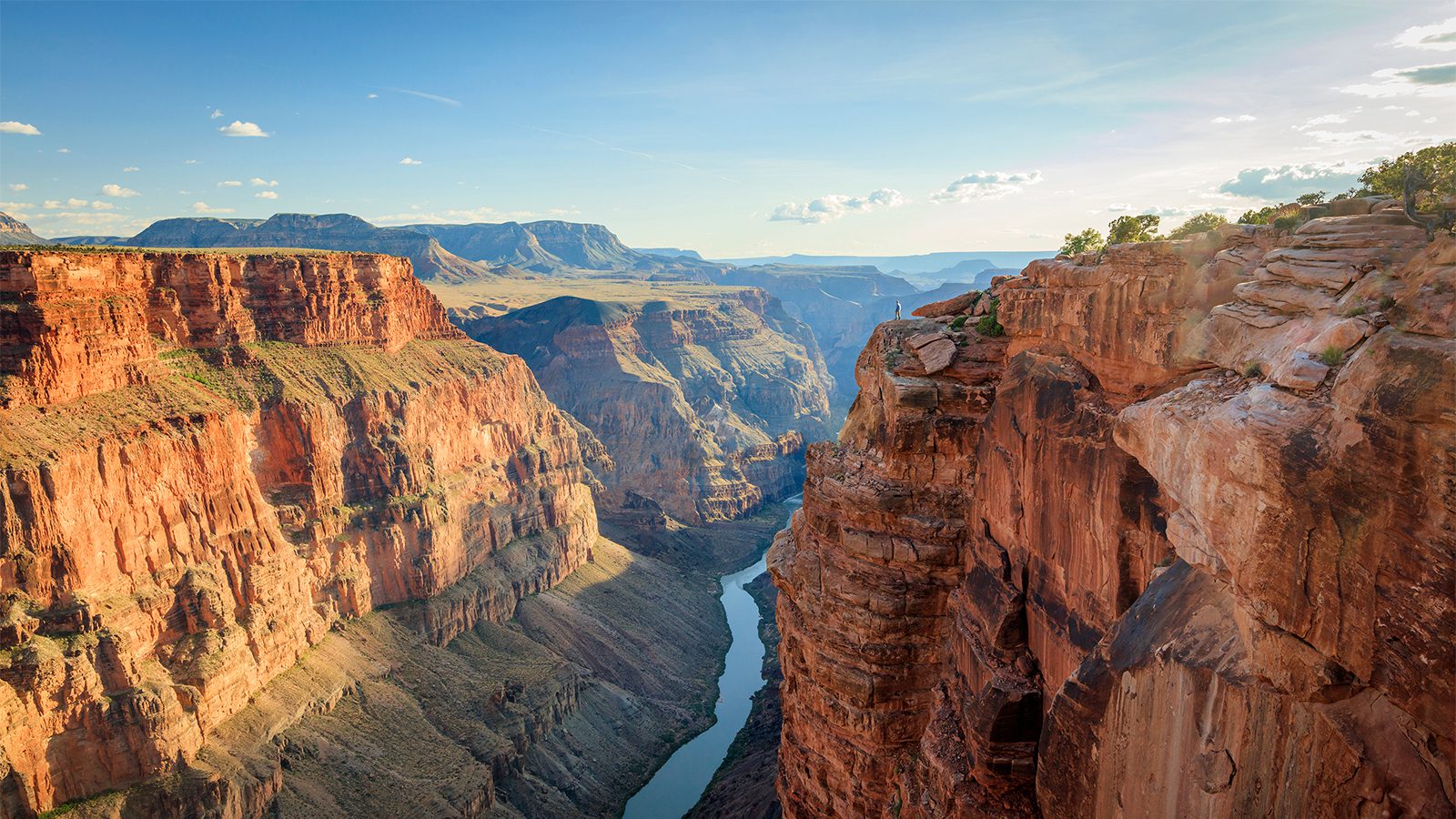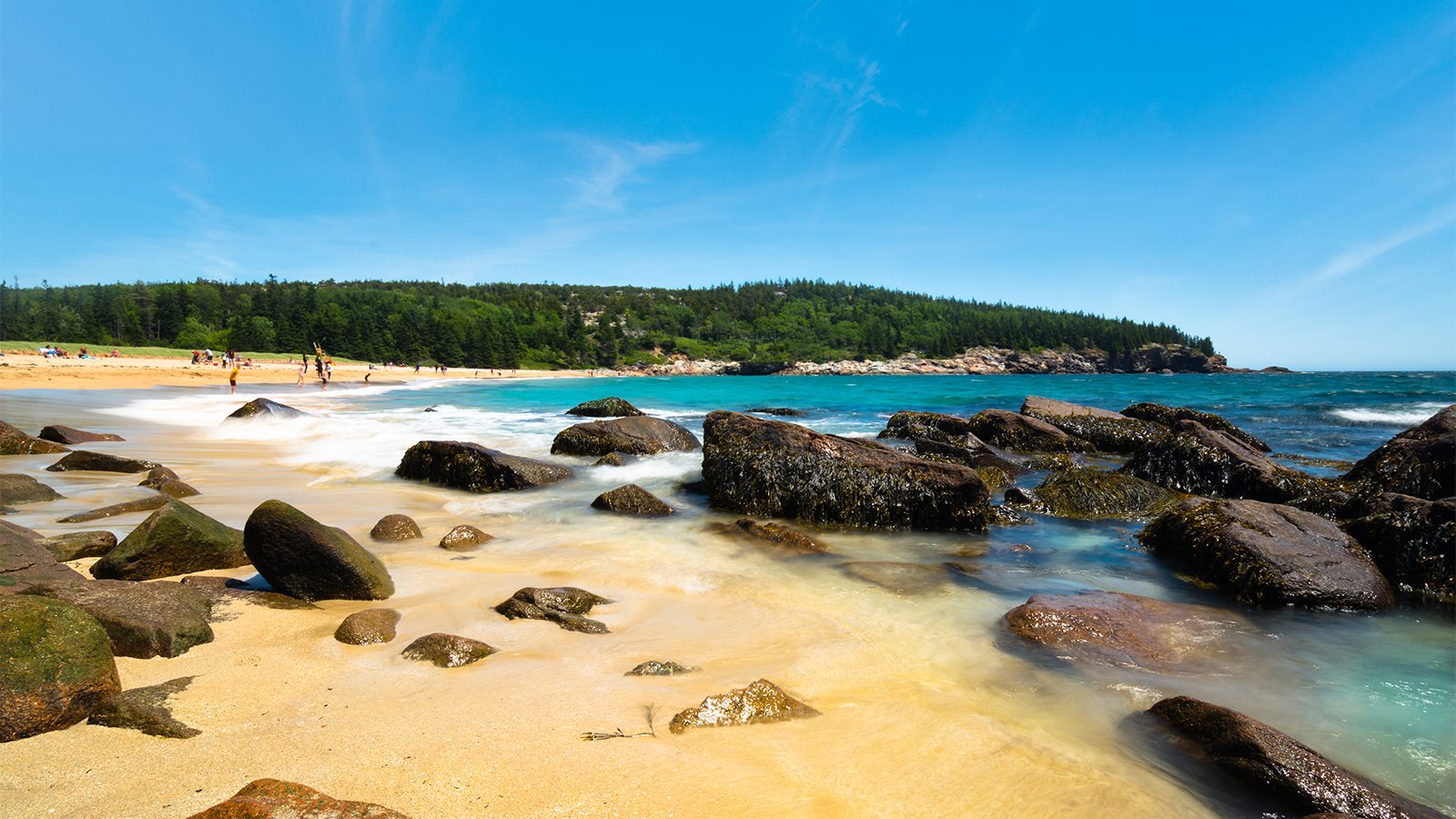There are no 2 ways about it; Acadia National Park is a popular place to go camping.
To ensure that you can make the most of your time in the park, here are some of our top tips to keep in mind before you leave home.
1. Book early
Unless you plan to stay at the first-come, first-served Bar Harbor Campground, reservations are an absolute must when camping at Acadia National Park. The park is so popular that it’s more or less impossible to get a campsite during the summer or late fall months if you don’t have a reservation.
As a general rule, park-operated campgrounds allow you to make reservations up to 3 months before your trip date.
Therefore, we recommend making your reservation exactly 3 months before your trip date to avoid disappointment. The privately-owned campgrounds all have their own reservation policies, but the sooner you can reserve, the better.
For Bar Harbor Campground, you’ll want to arrive no later than 8 am to try and snag a spot, especially on a Friday in the summer.
2. Plan to leave your car at camp
Most of Acadia National Park is located on Mount Desert Island. This tiny island only has so many roads and parking spots, so finding a place to leave your car at the trailhead can be a nightmare on a busy summer weekend.
Our advice?
Plan to leave your car at camp and simply take the Island Explorer bus system around the park and to Bar Harbor.
The buses are free, and easy to use, and they help to reduce traffic jams and smog in beautiful Acadia National Park.
3. Only bring 1 car and 1 tent per site
The vast majority of campgrounds in Acadia only allow enough parking space at each campsite for 1 vehicle. This is not a coincidence.
Indeed, space is limited around the park so most campgrounds will charge you an extra fee to bring a second vehicle to your campsite.
You’ll also often have to park it in a satellite parking area and not at your campsite. In general, it’s better to stick to just one vehicle when you’re camping in the park. The same is true of tents as most campgrounds will only allow you to pitch 1 tent per campsite.
When in doubt, check with the campground host, but you’ll normally have to book a second site if you have a large group of campers.
4. Buy local firewood
Invasive species are a big problem in Maine’s forests. So, if you want to have a fire at your campsite, be sure to buy local firewood.
Most campgrounds will have a small store nearby where you can buy firewood directly.
If you want to bring wood into the park without, be sure that it’s from no more than 50 miles away to prevent the introduction of diseases into Acadia National Park.
5. Bring bug spray and headnets
Maine and mosquitos are synonymous in the early summer months, so it’s best to be prepared before your camping trip.
A headnet is a great way to keep those pesky insects off of your face while bug spray can protect the rest of your body.
Unfortunately, there’s no foolproof way to keep the bugs at bay, but a breezy seaside campsite is normally a good option.
Gaby Pilson
Gaby is a professional mountain guide with a master’s degree in outdoor education. She works primarily in the polar regions as an expedition guide, though she can be found hiking, climbing, skiing, sailing, or paddling in some of the world’s most amazing places when not at work.

